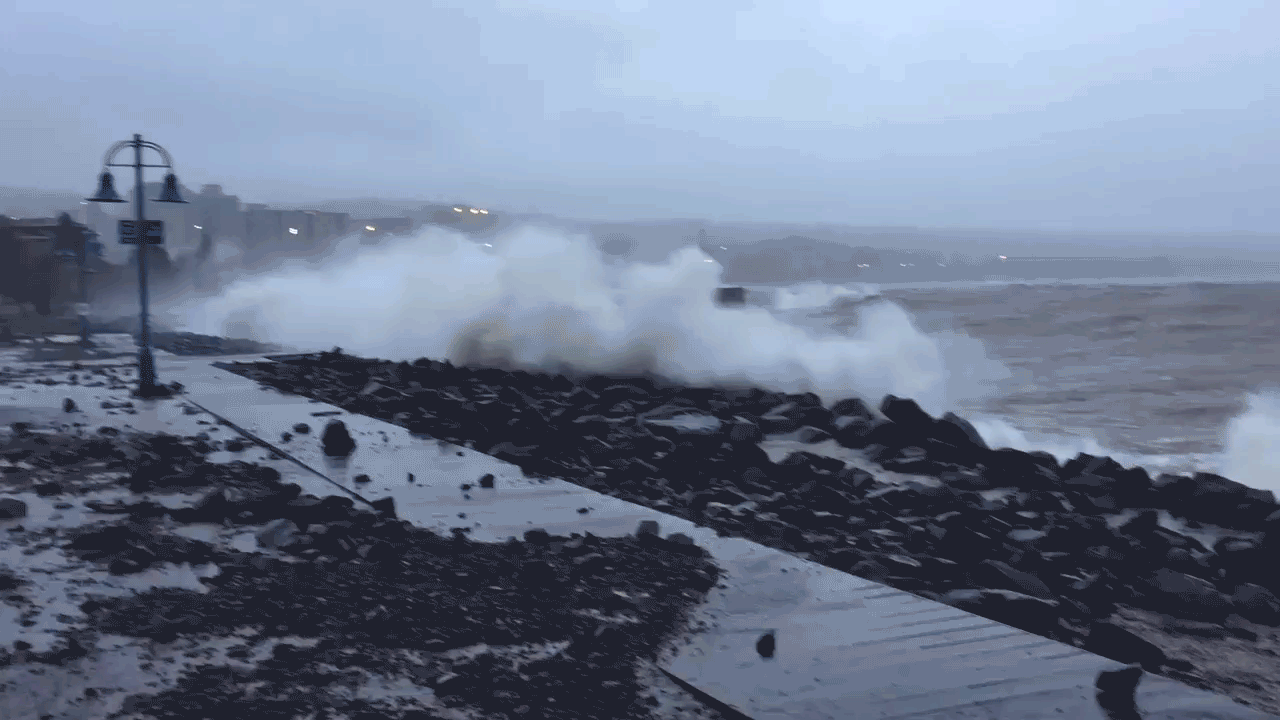Gales of October: Lake Superior roars with rain, high winds, big waves

Mammoth Lake Superior waves crashed ashore in Canal Park in Duluth on Wednesday.
Andrew Krueger | MPR News
Go Deeper.
Create an account or log in to save stories.
Like this?
Thanks for liking this story! We have added it to a list of your favorite stories.


